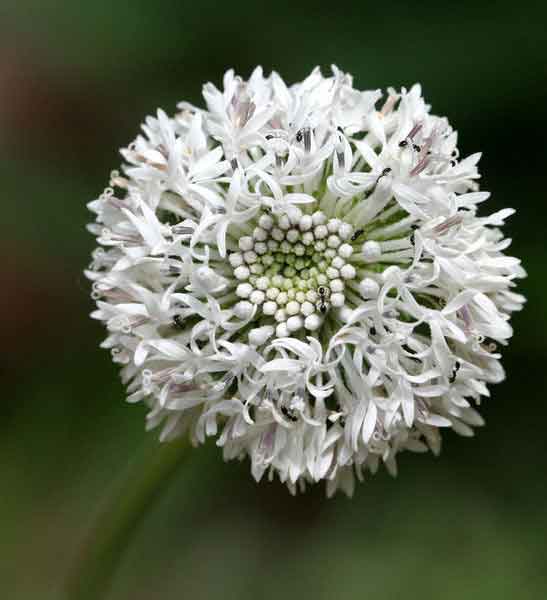Marshallia obovata (*)
Marshallia is a genus of plants in the family Asteraceae, endemic to the southeastern United States. A common name applied to most species in the genus is Barbara's Buttons. There are seven species, all perennials. The small white-to-pinkish flowers occur in large, compact, spherical heads. Marshallia is found in open habitats, such as roadsides, bogs, or open woodlands dominated by pines. Several species are associated with wetlands. The typical blooming period is late spring (May) and early summer (June or early July). Marshallia are very attractive to pollinating insects, including butterflies and various beetles, such as flower chafers of the genus Euphoria (Coin 2005). The genus was named for botanist Humphry Marshall. Species * Marshallia caespitosa Nutt. ex DC., Puffballs Conservation Marshallia grandiflora (Monongahela Barbara's buttons) is of conservation concern. It has been extirpated in some former parts of its range, such as Maryland and North Carolina, and is endangered in Kentucky, Pennsylvania, and Tennessee. That species is found in bogs and scoured riverbanks, and requires periodic flooding to maintain open habitat. Marshallia obovata (Spoonshape Barbara's buttons or Piedmont Barbara's buttons), is listed as endangered in Florida and threatened in Tennessee (Center for Plant Conservation, USDA Plants). Etymology The genus name was given by the botanist Schreber (in Genera Plantarum, 1791) to honor the Marshall family, uncle Humphry and nephew Moses, of Pennsylvania. They were botanists of the American colonial period, and cousins of the famous botanists and explorers John and William Bartram. The origin of the common name "Barbara's Buttons" is unknown. The flower heads do resemble buttons, but botanical references giving this name do not quote the Barbara which the name honors (Rickett 1975). The reference is possibly to Saint Barbara, though the association is obscure. Saint Barbara had long hair, and is also associated with lightning--perhaps the individual flowers resemble lightning bolts, or the whole head of flowers resembles Saint Barbara's long locks (Coin 2005). This common name was not, at any rate, widespread in the 19th century. It was not used in Southern Wildflowers and Trees (1901) or Plant Life Of Alabama (1901). The botanist B.W. Wells, in Natural Gardens of North Carolina (1932), called the plants "loudspeakers", referring to the megaphone shape of the individual flowers. The first printed use of the name "Barbara's Buttons" is in Small's Flora of The Southeastern United States (1933). References and external links * Coin, Patrick (2005). Marshallia – beetle magnet. New Hope Audubon Society Newsletter 31 (3): 2. Chapel Hill, North Carolina: New Hope Audubon Society. |
|

